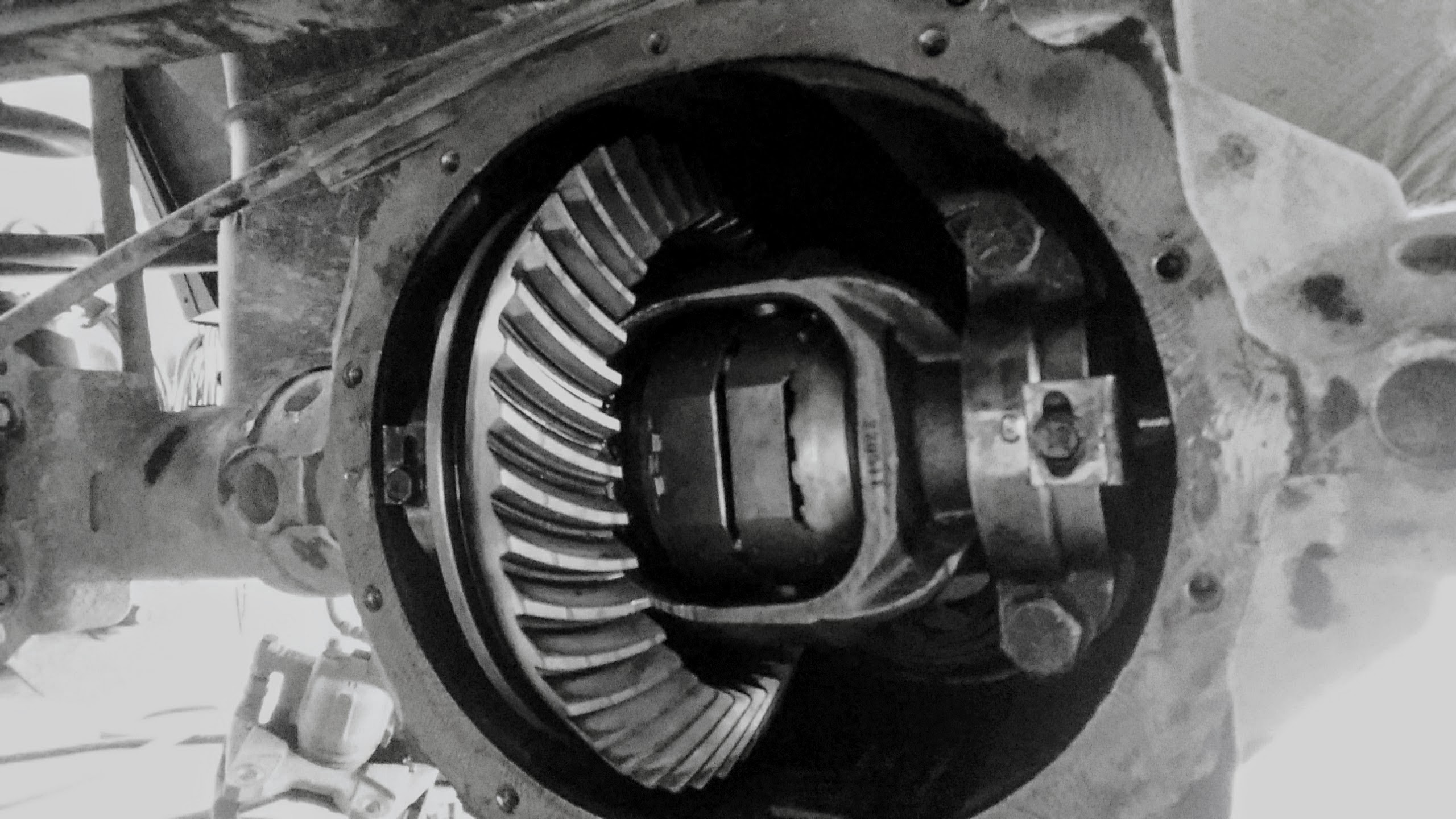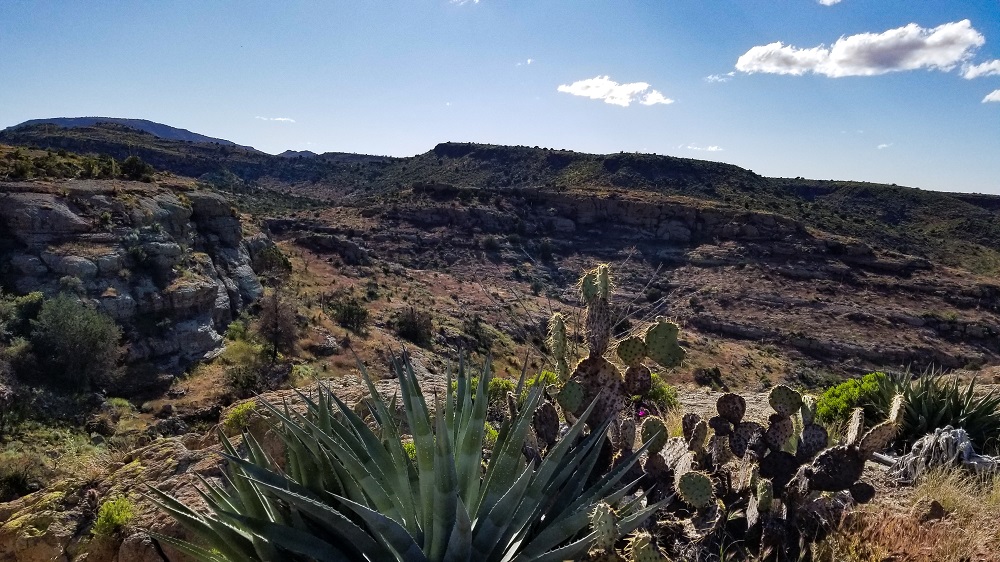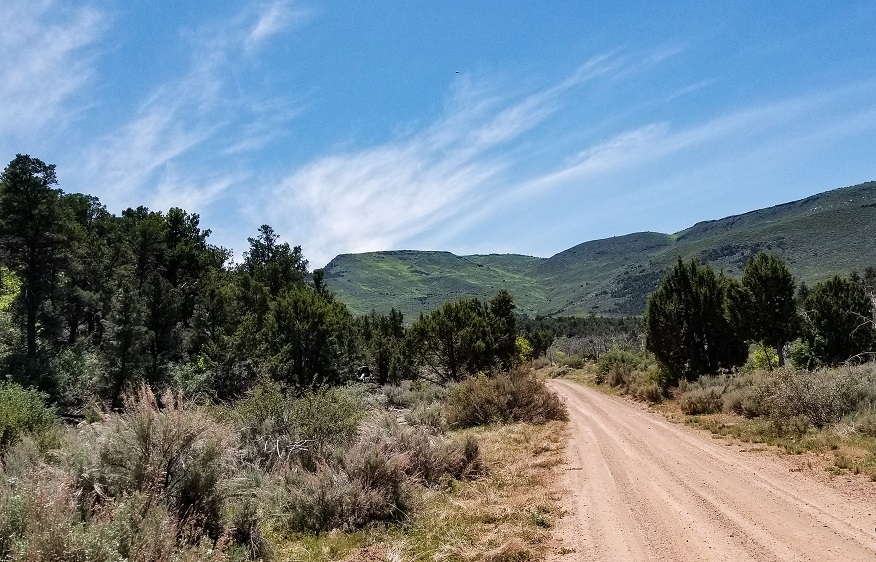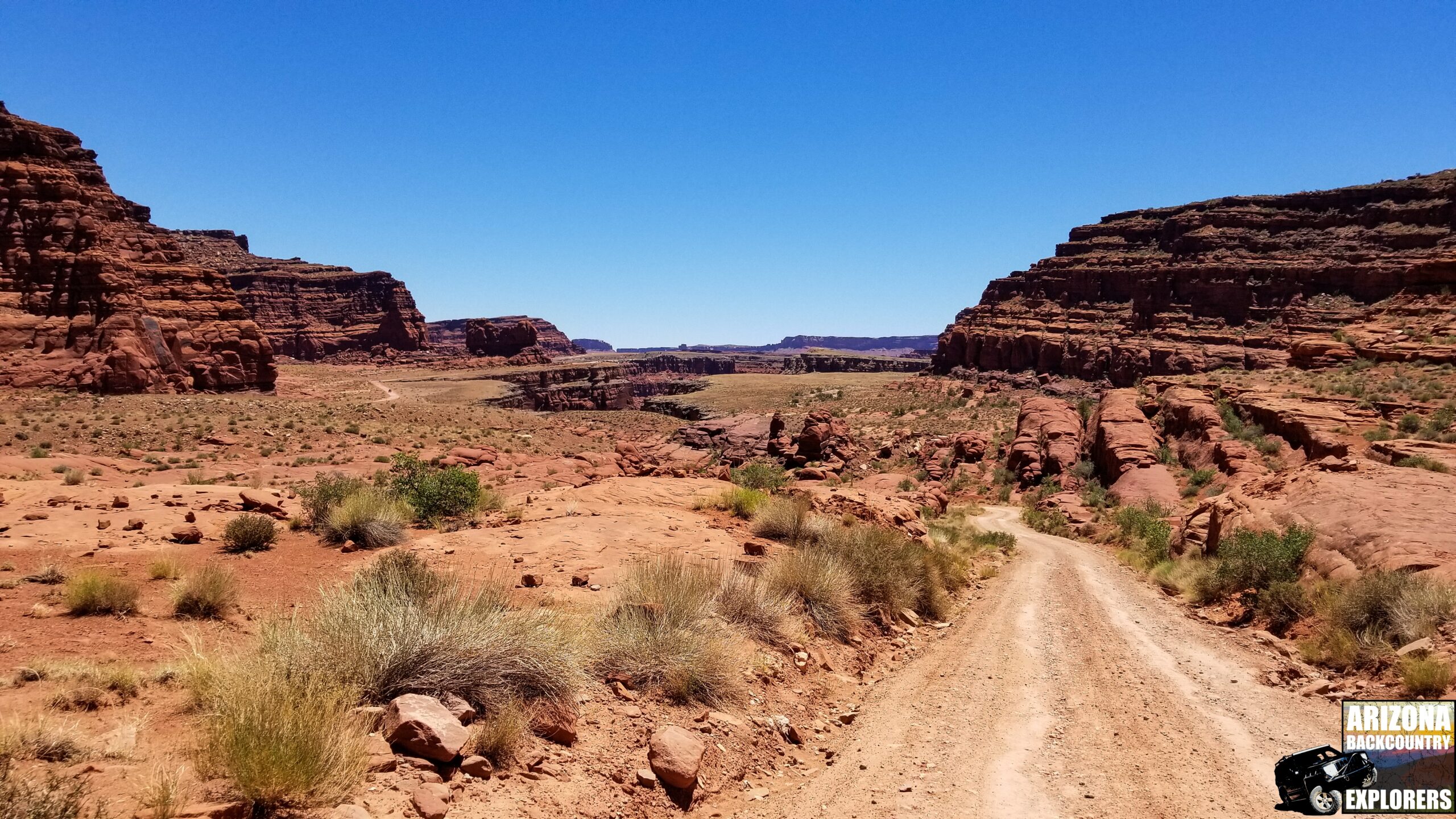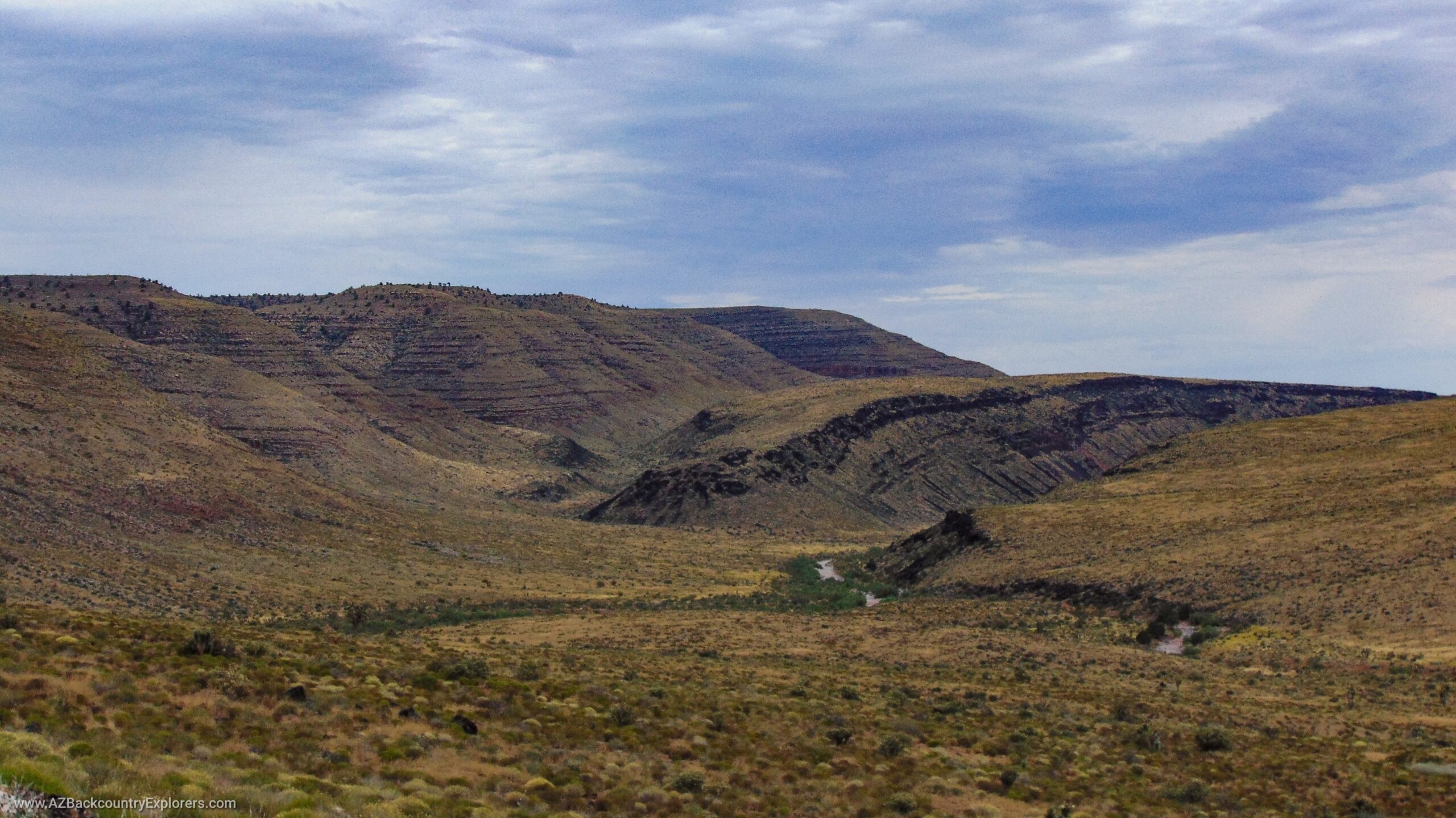Your cart is currently empty!
Posted in
For 4×4 enthusiasts, having a firm grasp of different types of differentials is essential when it comes to optimizing a vehicle’s performance on various terrains. In this article, we will delve into the disparities between four common differentials: open differentials, locking differentials, posi-traction (posi), and limited slip differentials.
Open Differential
An open differential is the most basic and commonly used type of differential found in vehicles. It allows the wheels on the same axle to rotate at different speeds, based on factors such as driving conditions and turns. By default, power is transmitted to the wheel with less resistance, resulting in the wheel with more traction receiving less torque.
The advantage of an open differential lies in its simplicity and affordability. It provides smooth turns and stable handling on regular roads, making it suitable for everyday driving. However, when faced with uneven or low-traction surfaces, an open differential may struggle to deliver optimal performance as power tends to be redirected to the wheel with the least resistance.
Open differentials, while simple and affordable, do have some potential drawbacks. One of the main limitations is their reduced performance on uneven or low-traction surfaces. Since power is automatically transmitted to the wheel with less resistance, the wheel with the most traction may receive less torque, causing it to struggle for grip. This can result in wheel spin and a loss of traction, making it challenging to navigate through off-road obstacles or slippery terrains. Additionally, open differentials may not provide the same level of control and stability during aggressive cornering or high-speed maneuvers. Overall, while open differentials are suitable for everyday driving on regular roads, they may not deliver optimal performance in more demanding off-road conditions.
Locking Differential
A locking differential, or locker, is specifically designed for challenging off-road situations. Its primary function is to ensure both wheels on the same axle turn at the same speed, regardless of the traction available. This is achieved through the use of various mechanisms, such as gears, clutches, or electronically controlled systems.
The key advantage of a locking differential is its ability to provide maximum traction under demanding conditions. By preventing power from being diverted to the wheel with the least resistance, a locking differential ensures both wheels receive equal torque. This feature allows vehicles to overcome obstacles and navigate through challenging terrains that may cause other differentials to lose traction. However, it is important to note that using a locking differential on regular roads or high-traction surfaces can lead to drivability issues, as it restricts differentiation between the wheels.
While a locking differential offers maximum traction in challenging off-road situations, it does come with some potential drawbacks. One of the main limitations is its restriction on differentiation between the wheels, which can lead to drivability issues on regular roads or high-traction surfaces. By ensuring both wheels on the same axle turn at the same speed, a locking differential eliminates the ability to make smooth turns, potentially causing excessive tire wear and increased stress on the drivetrain components. Additionally, engaging a locking differential while making sharp turns on pavement can cause the vehicle to experience binding, resulting in difficulty maneuvering and potential damage to the drivetrain. Therefore, it is essential to use a locking differential judiciously, primarily in off-road situations where maximum traction is necessary, while being mindful of its limitations in everyday driving conditions.
Posi-Traction (Posi)
Posi-traction, also known as a limited slip differential (LSD), is a differential option that strikes a balance between an open and locking differential. Its purpose is to improve traction without sacrificing drivability. Posi-traction accomplishes this by utilizing a series of clutches or other mechanisms to distribute torque between the left and right wheels, based on the available traction.
The advantage of posi-traction is that it offers improved traction compared to an open differential, particularly in slippery or uneven conditions. By transferring torque to the wheel with more traction, it helps prevent wheel spin and enhances control of the vehicle. Posi-traction ensures both wheels receive torque during normal driving conditions while still allowing differentiation when making turns. However, it is essential to consider that posi-traction may not match the level of traction provided by a locking differential in extreme off-road scenarios.
While posi-traction differentials offer improved traction compared to open differentials, they do have potential drawbacks to consider. One limitation is that they may not match the level of traction provided by a locking differential in extremely challenging off-road scenarios. Additionally, posi-traction differentials may require more maintenance and servicing than open differentials, as the clutches or other mechanisms used to distribute torque between the wheels can wear out over time. It’s also important to note that posi-traction differentials may slightly increase vehicle weight and contribute to a small reduction in fuel efficiency. However, these drawbacks are often outweighed by the enhanced traction and drivability that posi-traction differentials provide in a wide range of driving conditions.
Limited Slip Differential
A limited slip differential (LSD) functions similarly to posi-traction, with the goal of maximizing traction while maintaining drivability. LSDs employ a combination of gears, plates, or viscous fluid to transfer torque to both drive wheels based on the available traction.
What distinguishes a limited slip differential is its adaptability to different terrains and driving conditions. LSDs can adjust the torque distribution, providing varying levels of traction when needed. This flexibility allows for commendable performance in a wide range of situations, from regular road driving to mild off-roading. Nevertheless, it is important to note that while limited slip differentials offer enhanced traction, they may not provide the same level of grip as a locking differential in extremely challenging off-road scenarios.
While limited slip differentials offer enhanced traction and adaptability to different terrains, they do have a few potential drawbacks to consider. One limitation is that limited slip differentials may not provide the same level of grip as a locking differential in extremely challenging off-road scenarios. The torque distribution in a limited slip differential is not as rigidly locked as in a locking differential, which can sometimes result in a slight reduction in overall traction. Additionally, limited slip differentials may require more maintenance and servicing than open differentials, as the gears, plates, or viscous fluid used to transfer torque can wear out over time. It’s important to weigh these drawbacks against the improved traction and drivability that limited slip differentials offer in a wide range of driving conditions.
Conclusion
Understanding the differences between open differentials, locking differentials, posi-traction, and limited slip differentials is crucial for 4×4 users looking to optimize their off-roading experiences. Open differentials offer simplicity and affordability but may struggle in challenging terrains. Locking differentials excel at extreme off-roading but compromise drivability on regular roads. Posi-traction and limited slip differentials strike a balance between improved traction and smooth handling, making them suitable for various driving conditions.
When selecting a differential for your 4×4 vehicle, consider the type of terrains you often encounter and your driving preferences. Consult with experts or experienced off-roaders to gain valuable insights and make an informed decision. By understanding the unique characteristics of open differentials, locking differentials, posi, and limited slip differentials, you can choose the option best suited to your off-roading requirements.
Tags:
You may also like…

Visit the AZBackroads.com Store

Please Become A Member
We need your help to keep our backroads open. Please join today!
